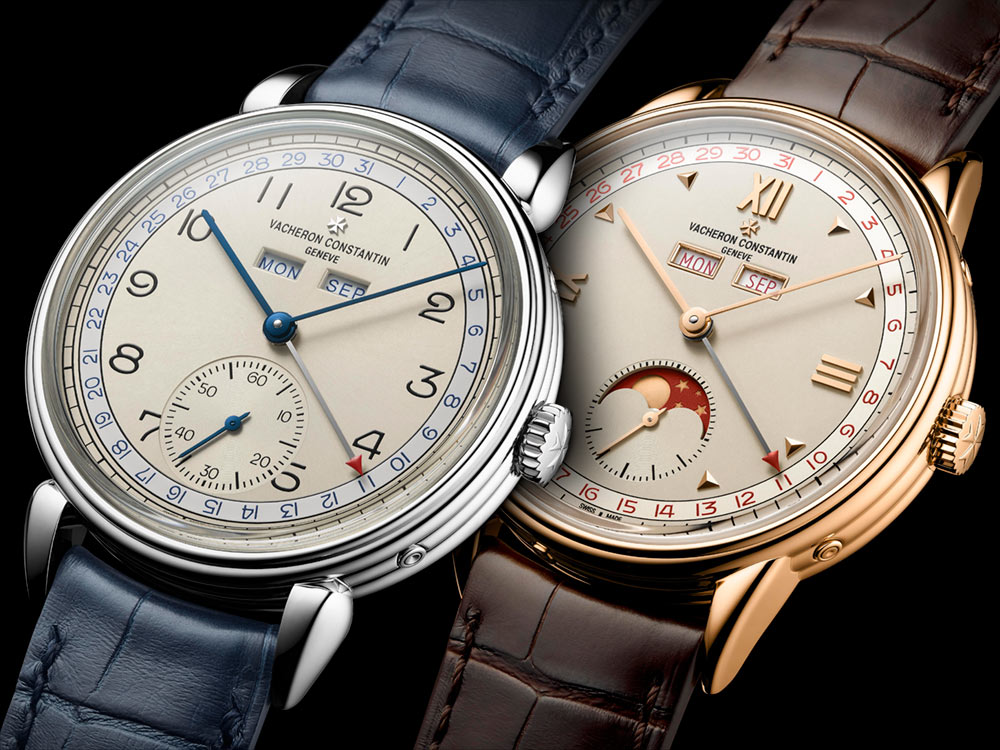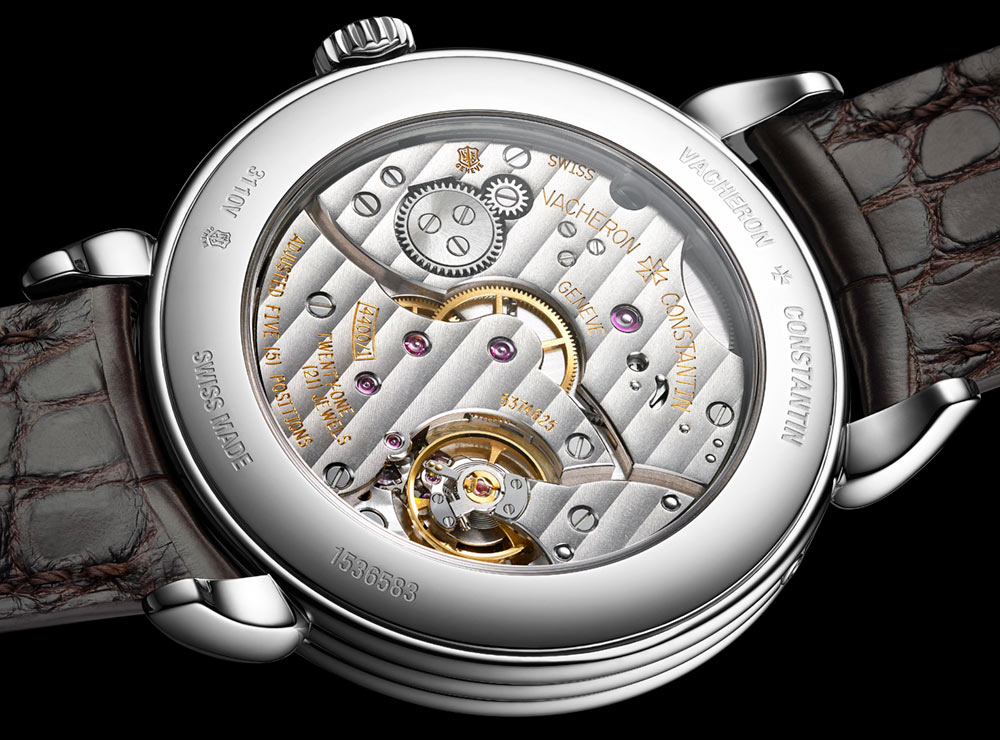By Jovan Krstevski
Triple calendar watches are very useful these days when everything seems to be digitized, at least for the fans of analog or in this write-up’s manner, mechanical watches. Vacheron Constantin is well known for their Historiques collection featuring this classic feature released way back in the 1940s. The brand is breathing new life to the 2 models in the this collections namely Vacheron Constantin Historiques Triple Calendrier 1948 and Vacheron Constantin Historiques Triple Calendrier 1942. These are classic watches and the new iterations are identical to the original releases except for the addition of a moonphase complication in the limited edition Vacheron Constantin Historiques Triple Calendrier 1948 and of course the use of newer materials, movements, and changes in size. Plus the non-limited edition Vacheron Constantin Historiques Triple Calendrier 1942 now comes in
Vacheron’s 4240 watch is the base of the new Historiques Triple Calendrier watches. The 4240 is considered by the brand to belong to the era of golden watches with fantastic complications and aesthetics. No doubt, the famous 4240 made Vacheron Constantin very popular at the time when it comes to triple calendar watches. The original watches were a bit small in today’s standards, which was just 35mm. For a gentleman’s watch, this is way too small. Luckily, the new models are now larger for current standards although they are still considered dressy watches. The 1942 and 1948 watches also share the same sizes of 40mm wide and 10.35 mm thickness. These dimensions pretty much goes off thanks to the notable differences on the dials and case designs that make the watches feel like greater versions of the same watch.
Moving forward, the 1942 which is in steel also comes on claw type lugs. This pretty much adds beefier stance to the steel watch plus the ribbed case sides that is identical for the two watches. The 1942 and 1948 also share the raised box-like glass over the dial which is quite splendid. For now, the brand’s press release doesn’t mention the materials being used for the glass but it is highly unlikely to be the same mineral crystal used in the vintage models since they did mention the sapphire used on the caseback exhibition window. The 1948 in 18K pink gold has the traditional lugs and it really fits it because it adds more sophistication and elegance. The traditional lugs also appear wider compared to the claw type lugs used on the steel 1942. The 1948 has a moonphase indicator integrated into the dial at 6 o’clock creating a more unified look.
As for the dial, both the 1942 and 1948 watches share the same functions and base movement except for the moonphase in the 1948. The day and month are in rectangular apertures located at 12 o’clock while the date (along the dial’s periphery) is indicated by a dedicated hand. The subtle pushers at the right side of the case adjusts the calendar and the moonphase data. Further differences are the printed Arabic numerals for the hour markers on the 1942 steel watch and the mixture of applied Roman numerals and triangular markers on the 1948 gold watch.
Powering the 1942 watch is the hand-wound Vacheron Constantin’s 4400 QC. The moonphase uses 4400 QCL where the L stands for lune or moon in French. Both watches comes with the Geneva Seal which automatically certifies that high standards of movement finishing and decorations are met. Both watches also have exhibition casebacks where the movement’s internals are proudly displayed, such as traditional decoration techniques for the 4400 QC movement.
The Vacheron Constantin Historiques Triple Calendrier 1948 with moonphase and in 18K pink gold will be limited to 200 pieces and sells for $33,800 while the Vacheron Constantin Historiques Triple Calendrier 1948 in steel will have a price of $18,400. Note that the new 1942 and 1948 watches each have a version with blue accents and one with red burgundy accents. For more info, please visit vacheron-constantin.com






